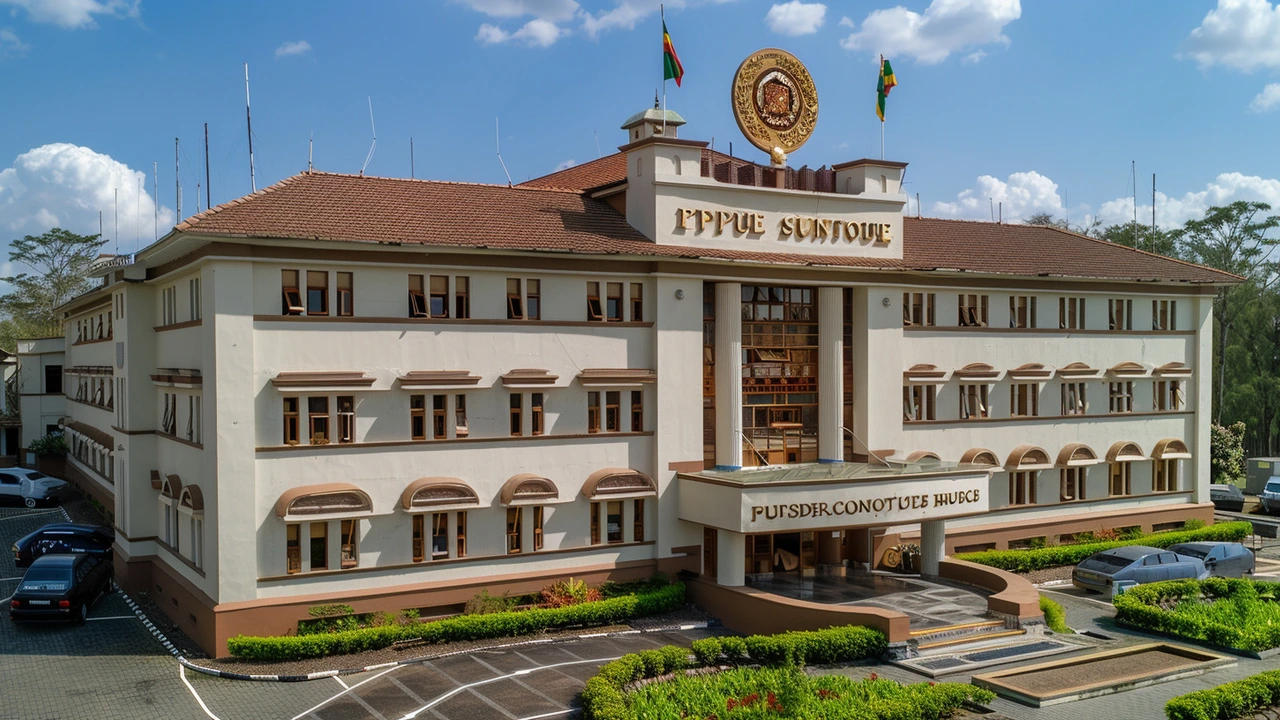Kenya Airport Authority (KAA) — what you need to know
Flying in or out of Kenya? The Kenya Airport Authority, or KAA, runs most of the country’s airports and day-to-day airport operations. That affects how terminals work, where you catch taxis, how cargo moves and what services are available. This short guide tells you what KAA does and the practical stuff every traveler or business needs to know.
What KAA actually does
KAA manages airports and keeps them running. That means maintaining terminals, runways, lighting and signage. It also handles airport staff, parking, passenger areas, and commercial spaces like shops and cafes. KAA coordinates with Kenya Civil Aviation Authority (KCAA) — the regulator — so safety rules and air traffic control are enforced by the right body.
Major airports under KAA include Jomo Kenyatta International Airport (Nairobi), Moi International Airport (Mombasa), Wilson Airport (Nairobi), Kisumu International and Eldoret. There are also smaller regional airports and airstrips across the country. If you’re moving cargo or booking charter flights, KAA runs the terminals that handle freight and ground services.
Practical tips for travelers at KAA airports
Arrive early. For international flights at JKIA, give yourself at least 2.5–3 hours. Domestic flights usually need 60–90 minutes. Check which terminal your airline uses — some carriers use separate terminals for departures and arrivals.
Security and immigration: follow staff instructions and keep travel documents ready. Immigration desks can get busy during peak hours, so have passport, visa (if needed), and boarding pass handy. If you’re transiting, check whether your luggage is checked through or if you must collect and recheck it.
Ground transport and taxis: official taxi ranks and shuttle services are usually outside the arrivals area. Use licensed taxis or reputable app-based services. If you plan to rent a car, confirm pick-up points with your provider before you travel.
Facilities: most larger KAA terminals have food outlets, duty-free shops, ATMs and lounges. Many offer Wi‑Fi; availability and speed vary by terminal. If you need special assistance, contact your airline ahead of time so airport staff can help on arrival.
Traveling with cargo or business shipments: cargo terminals operate on set schedules and require clearance with customs. Work with a local freight forwarder or your airline’s cargo desk to avoid delays. Always check documentation requirements in advance.
Common confusion: KAA vs KCAA. Remember: KAA runs airports; KCAA regulates aviation safety and licensing. If your concern is airport services or terminals, contact KAA. For air safety rules or licensing questions, look to KCAA.
Final quick checklist: check your terminal, confirm arrival time, keep documents ready, use licensed taxis, and contact your airline for flight updates. If you need help at the airport, staff at information desks can point you to counters, lounges, and ground transport.
Want the latest on airport changes or service hours? Visit the official KAA site or contact your airline before travel. Safe trip.

Kenya Forest Service, Communications Authority, and Kenya Airport Authority Announce Over 250 Job Openings: Detailed Guide on How to Apply
Keabetswe Monyake Jun 11 13Kenya Forest Service, Communications Authority of Kenya, and Kenya Airport Authority have opened over 250 jobs. Positions include Office Assistant, Plant Operator, Monitoring Officer, and Airport Manager. Candidates can apply online and send hard copies of their documents. Deadlines range from June 24 to July 2, 2024. Detailed application procedures are outlined.
More Detail